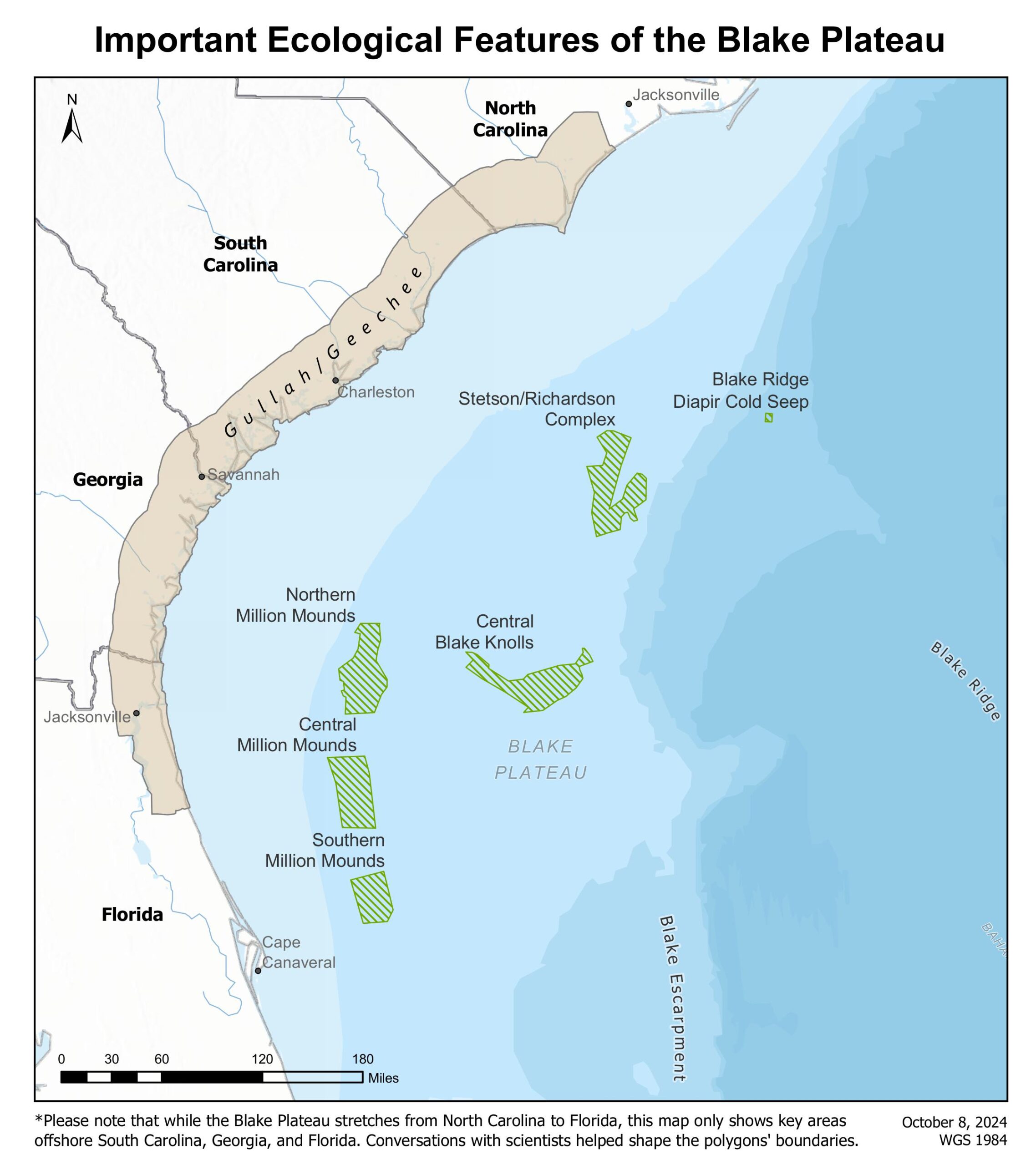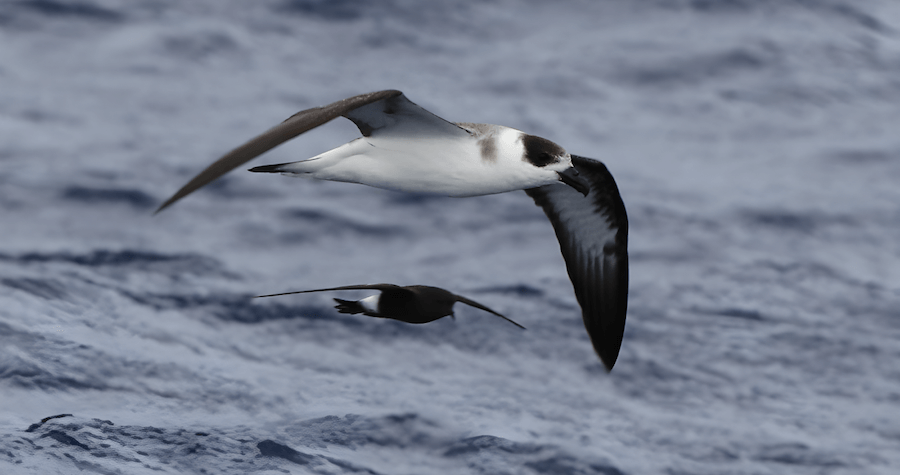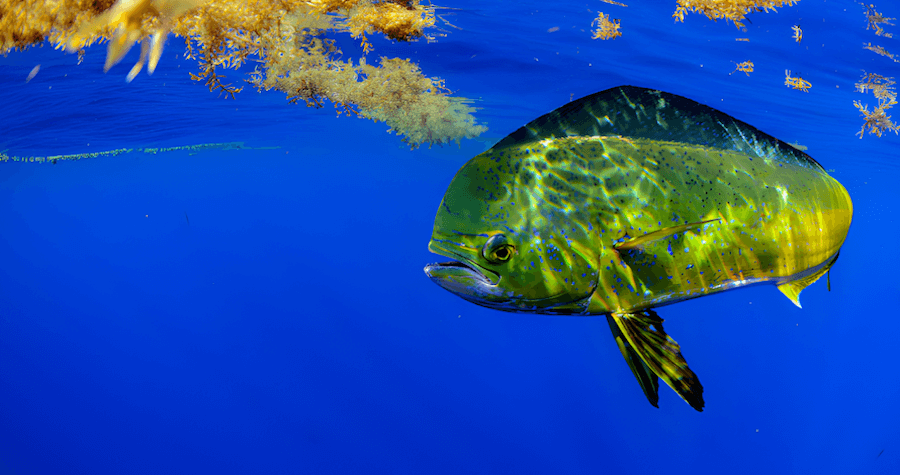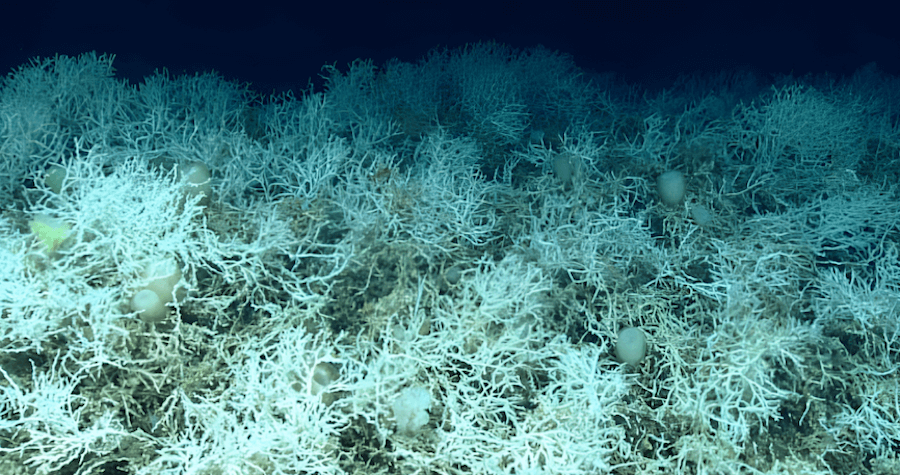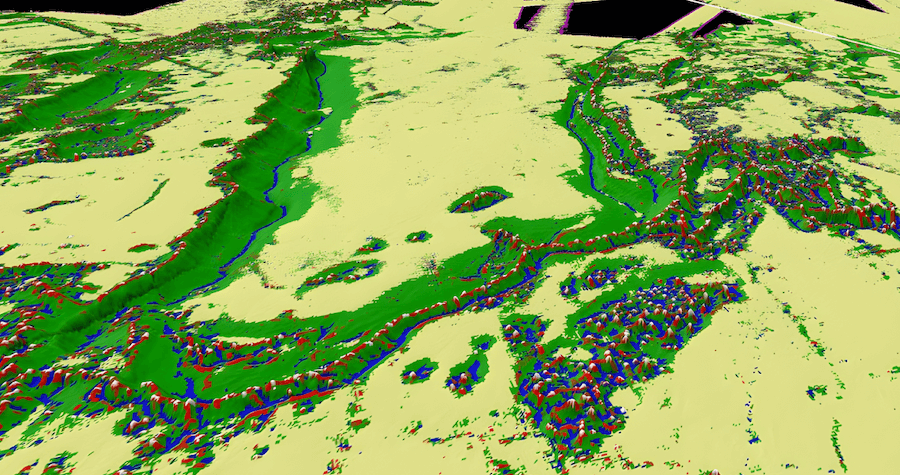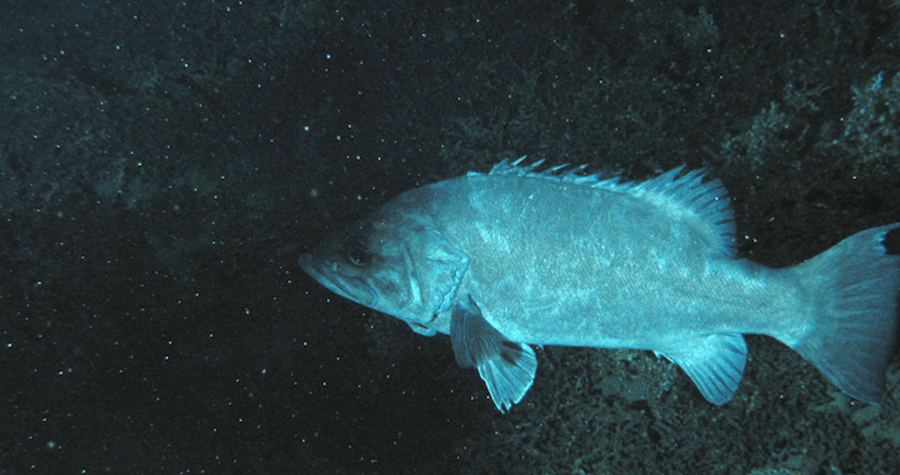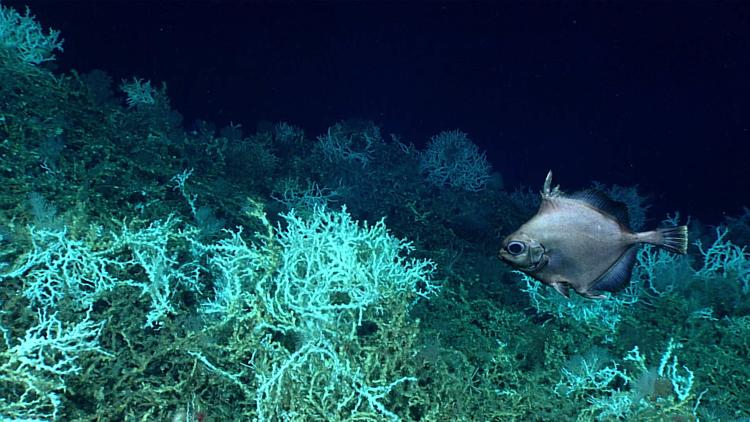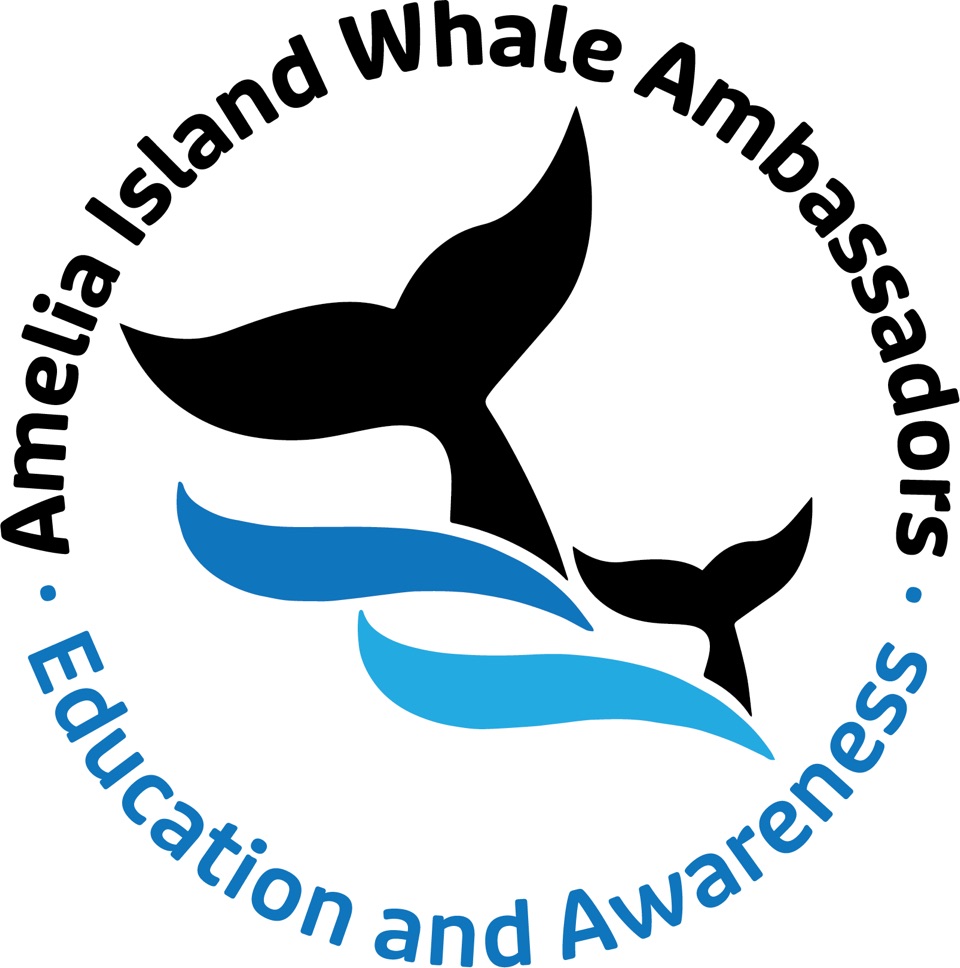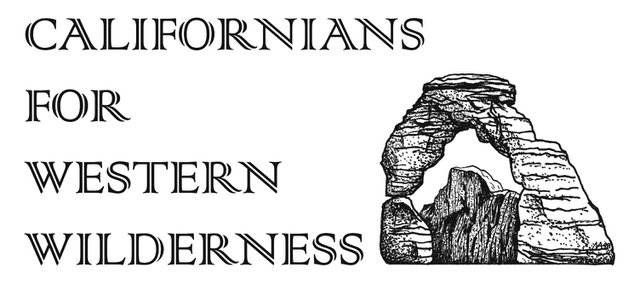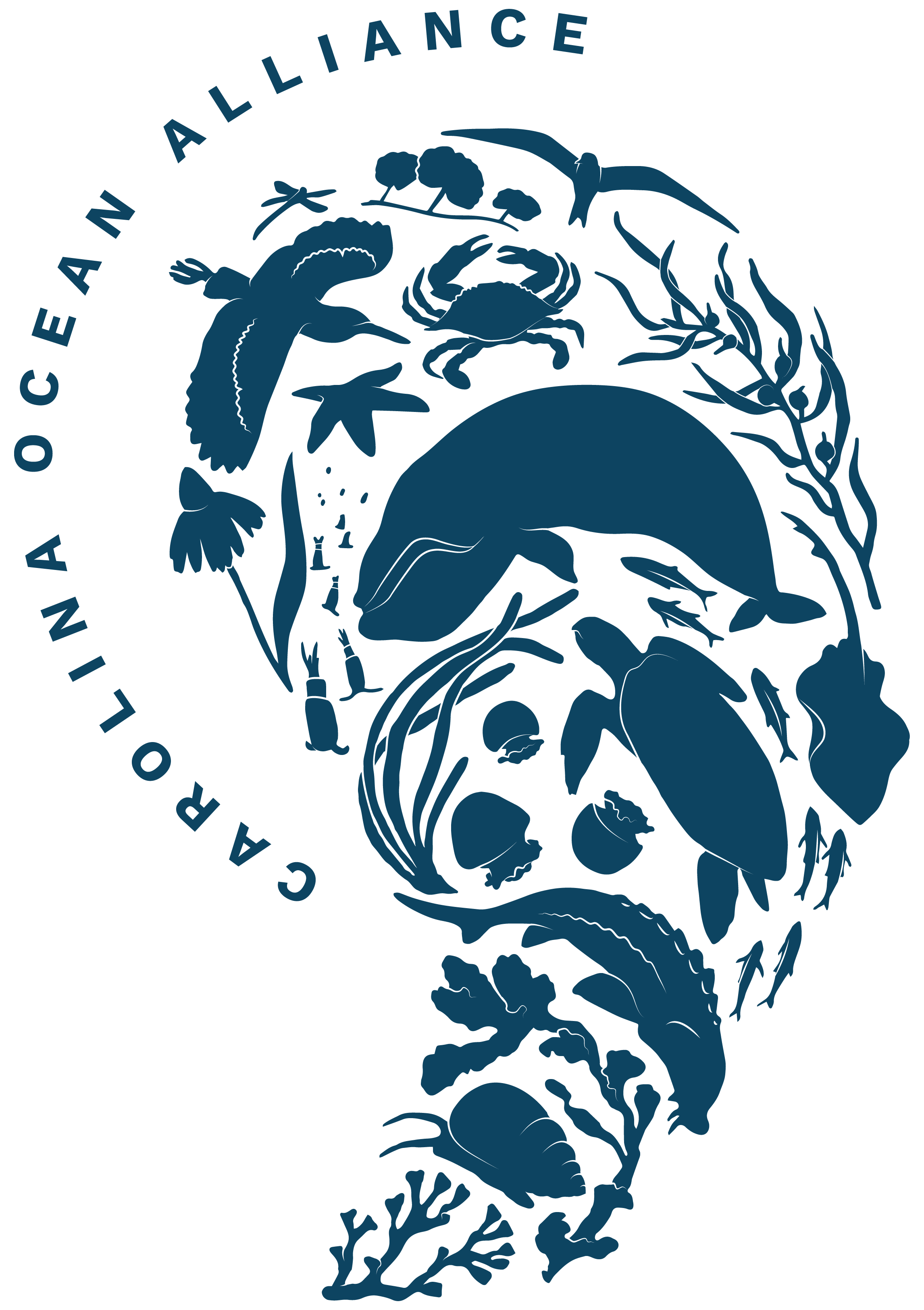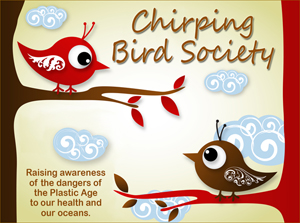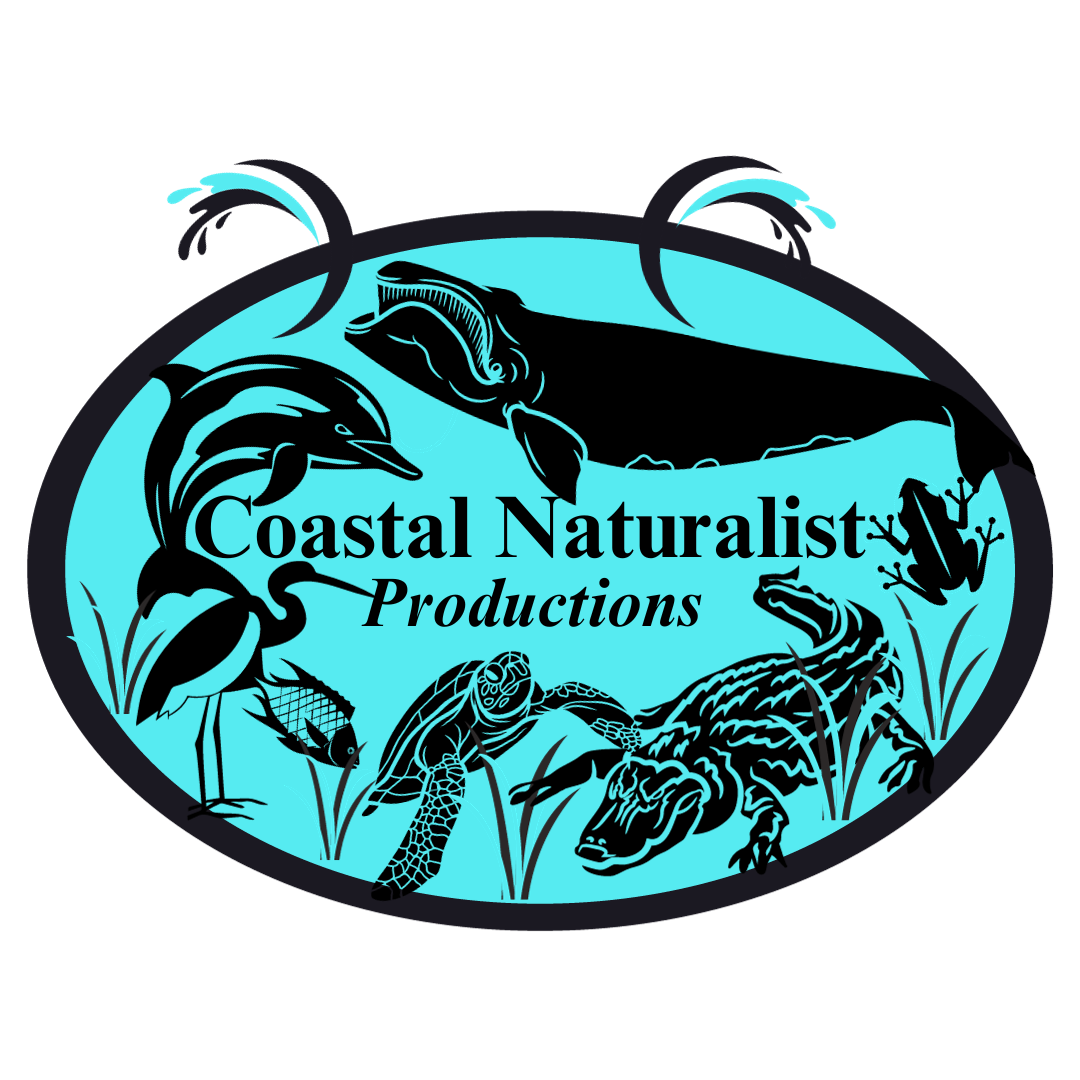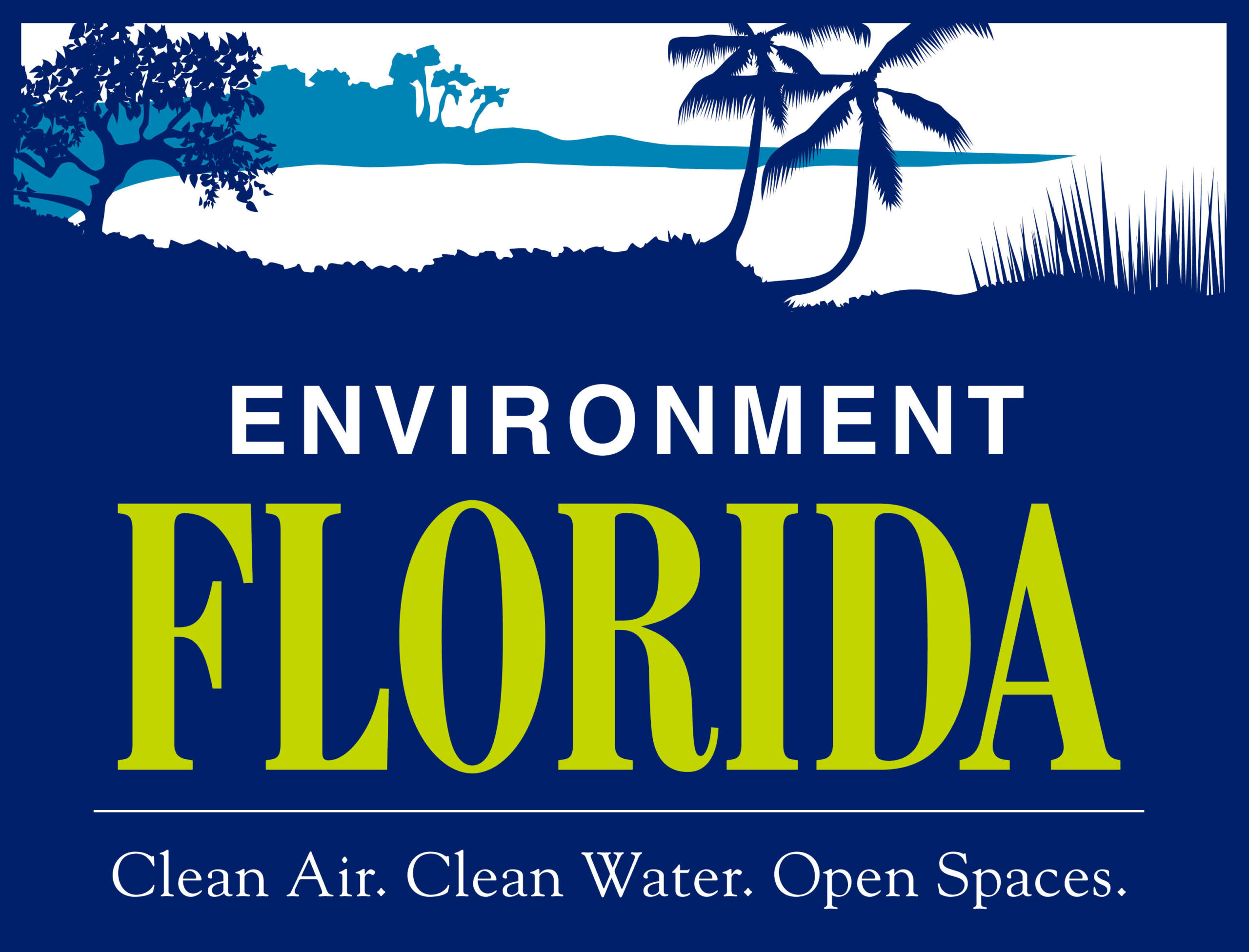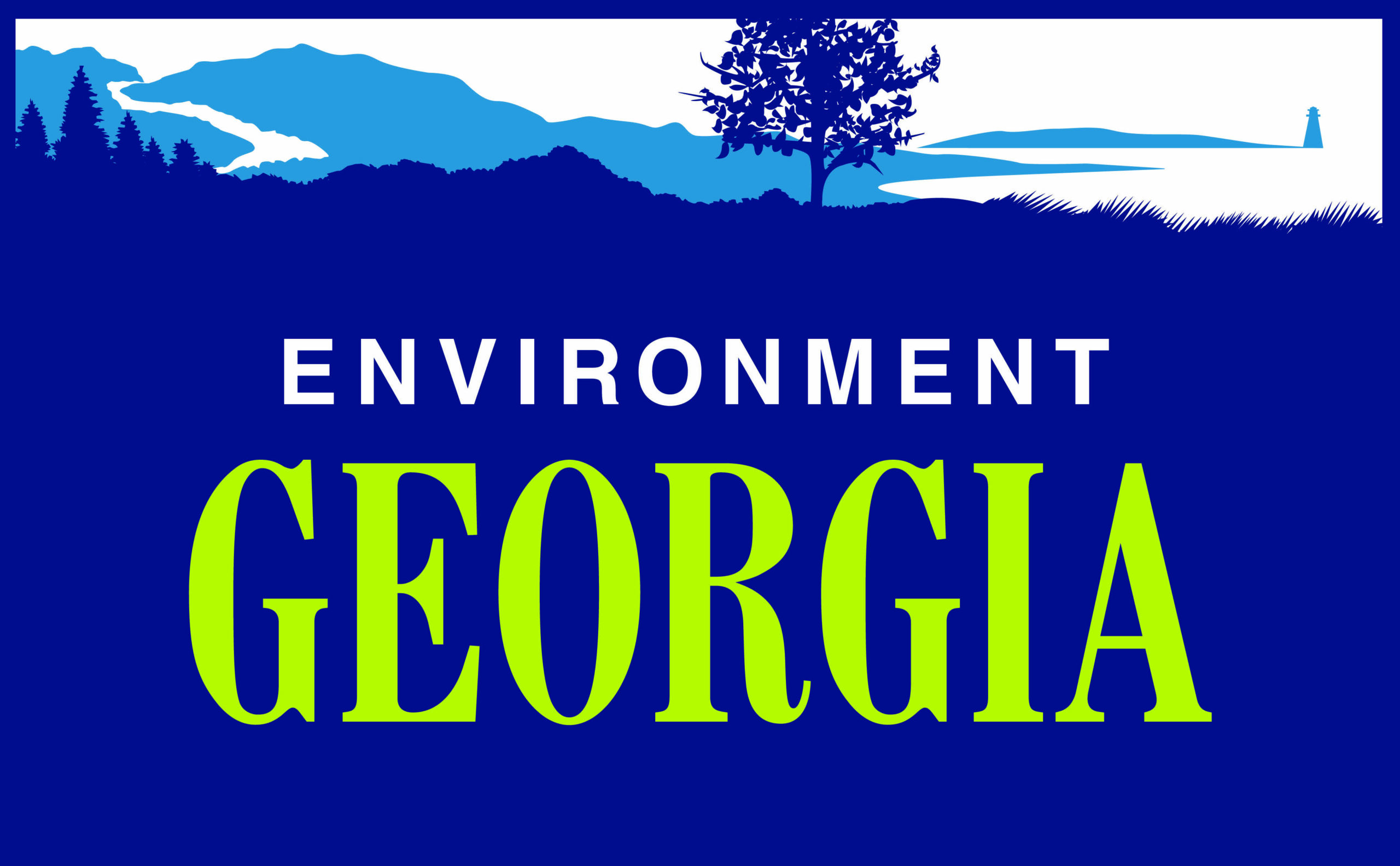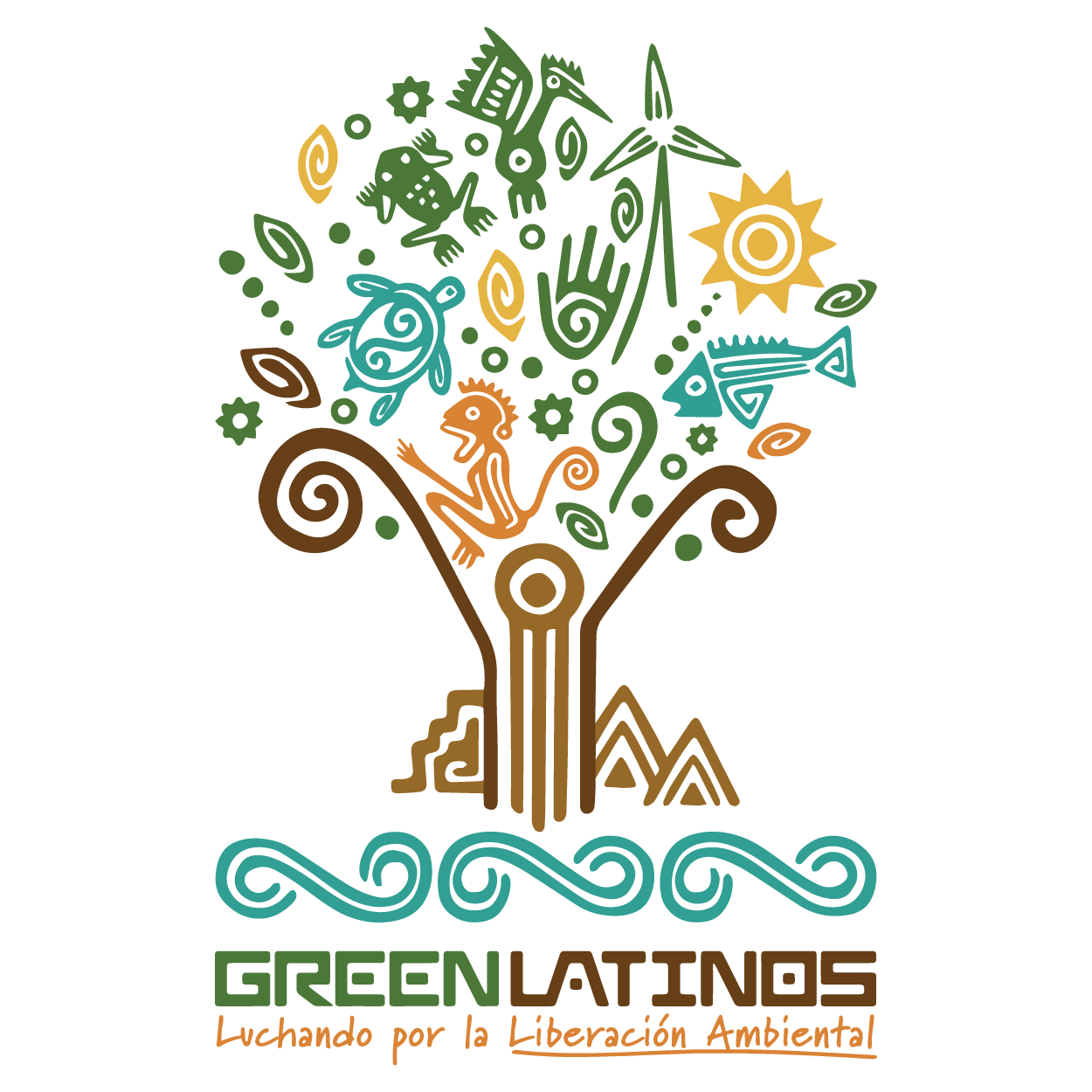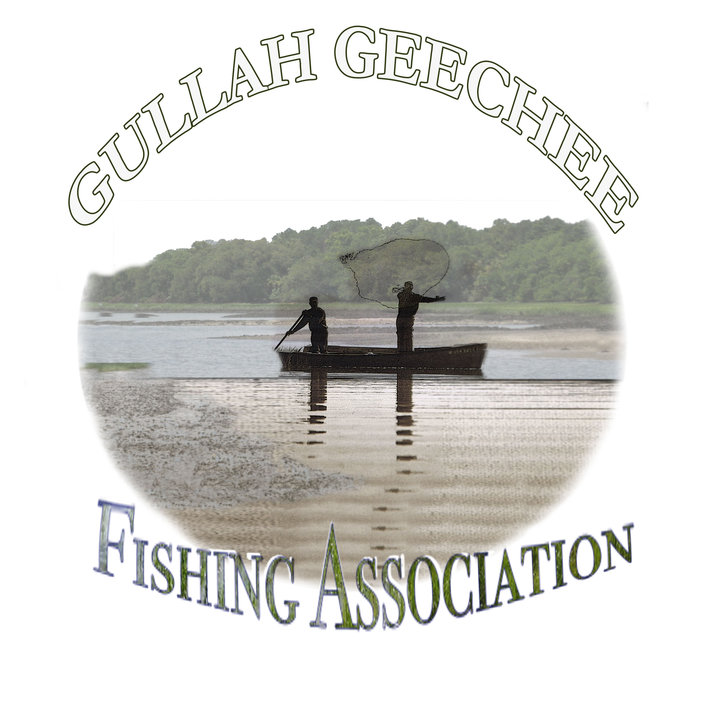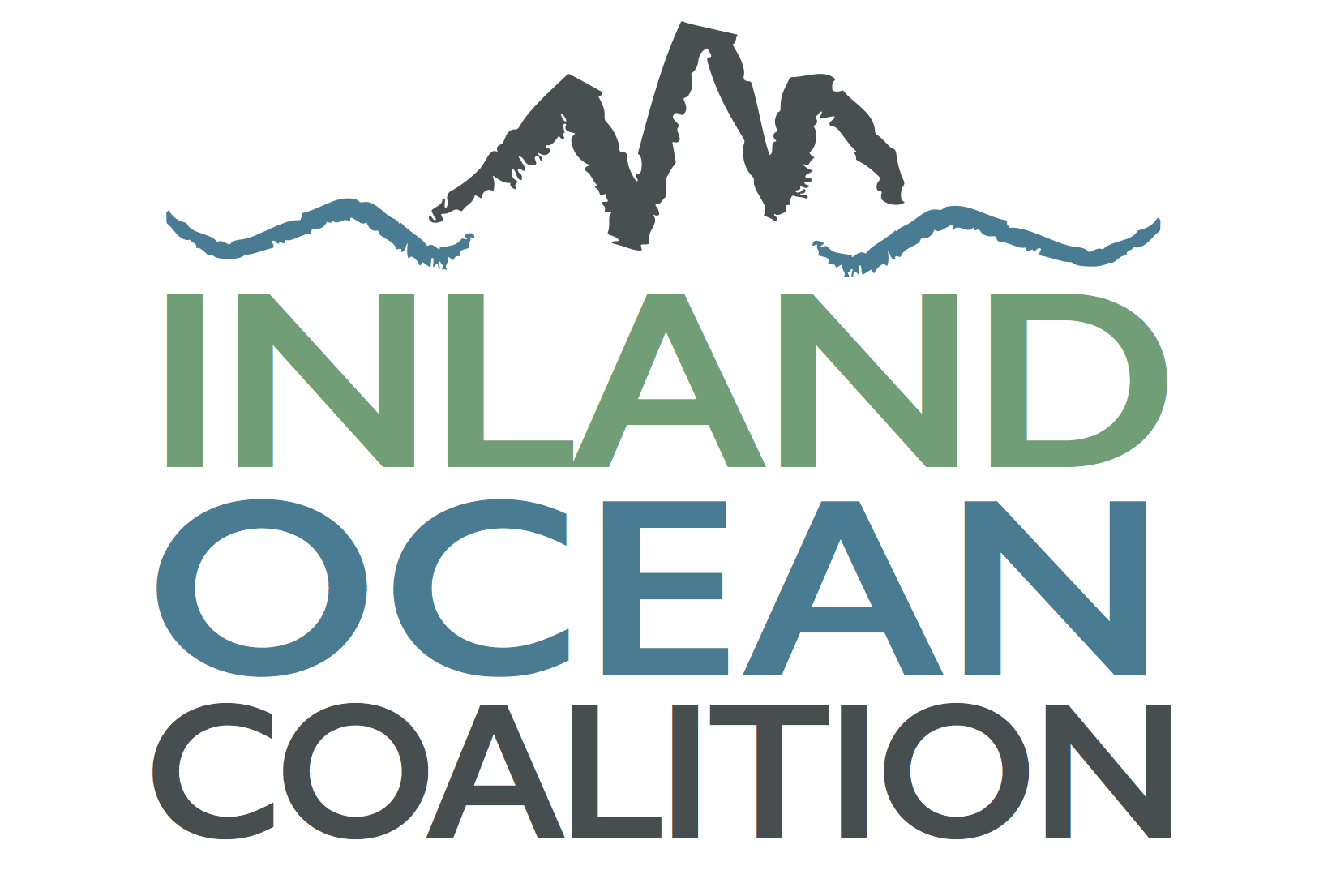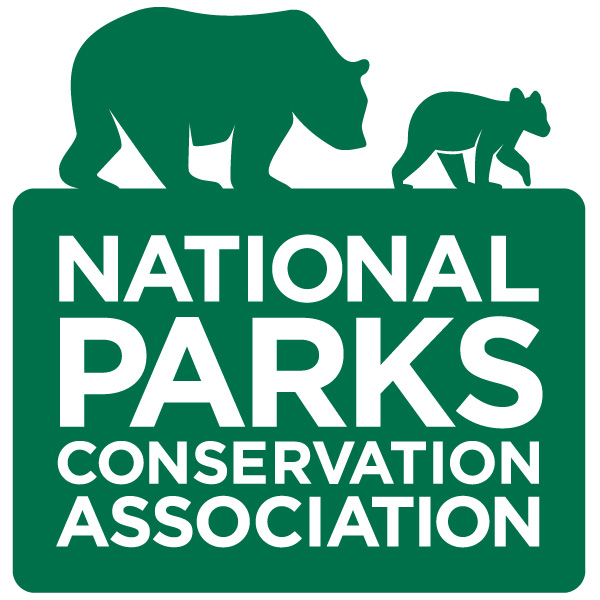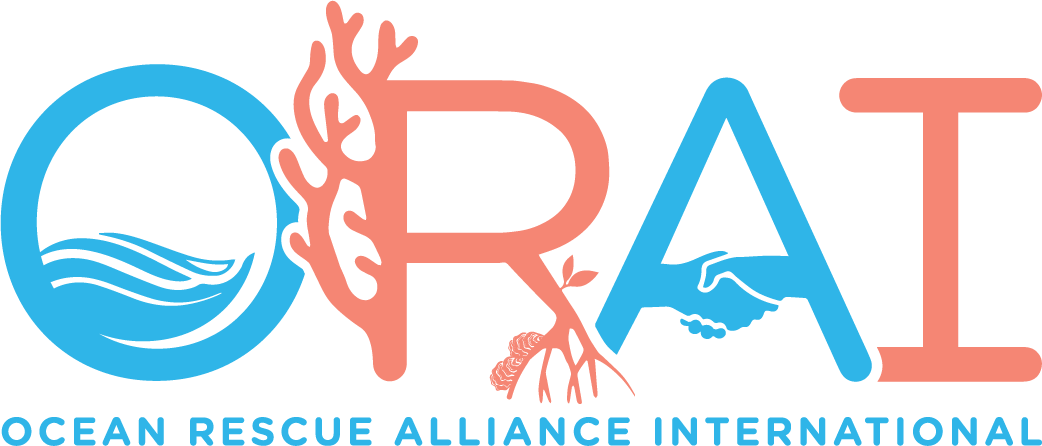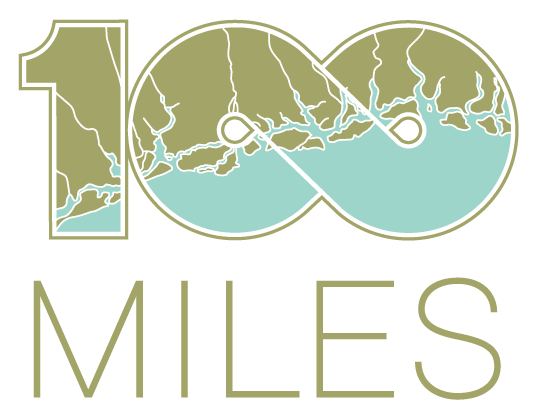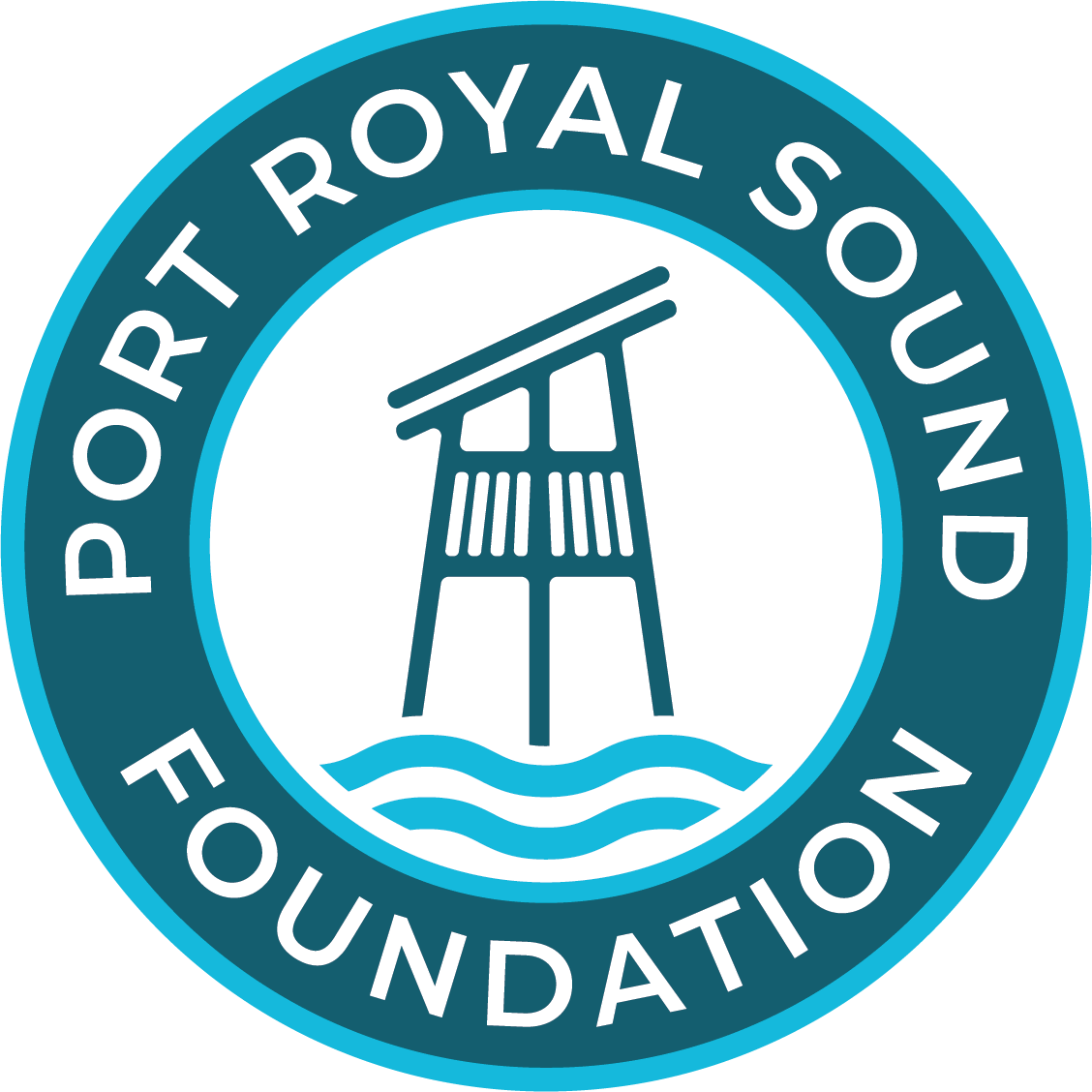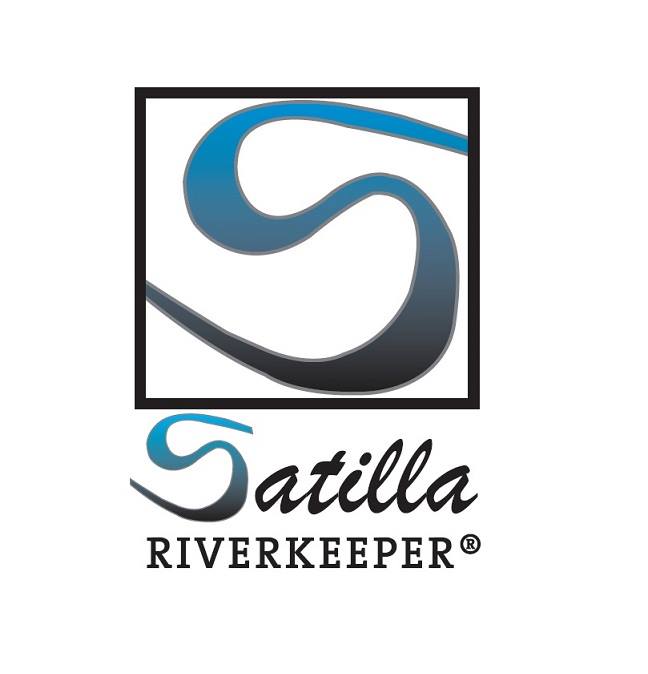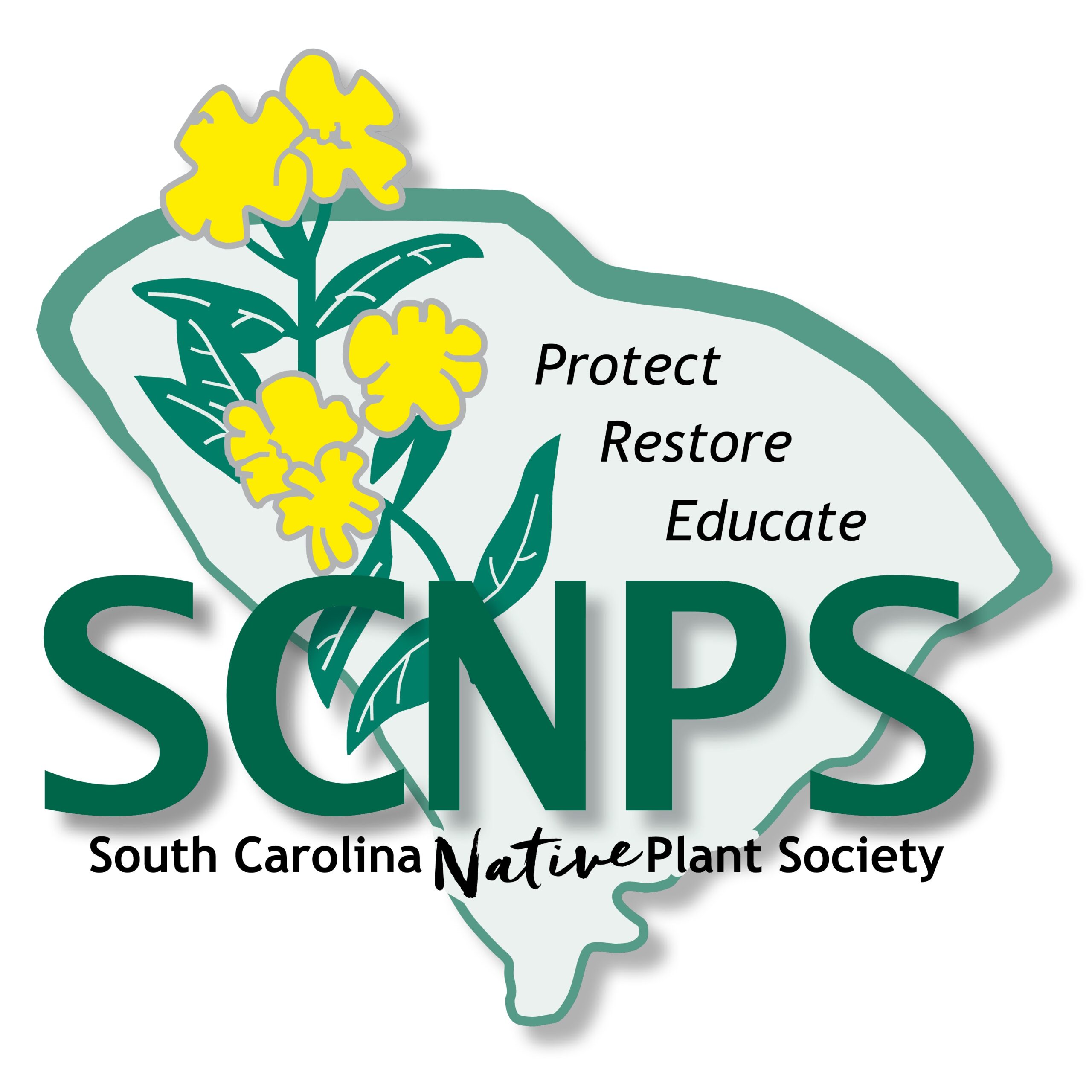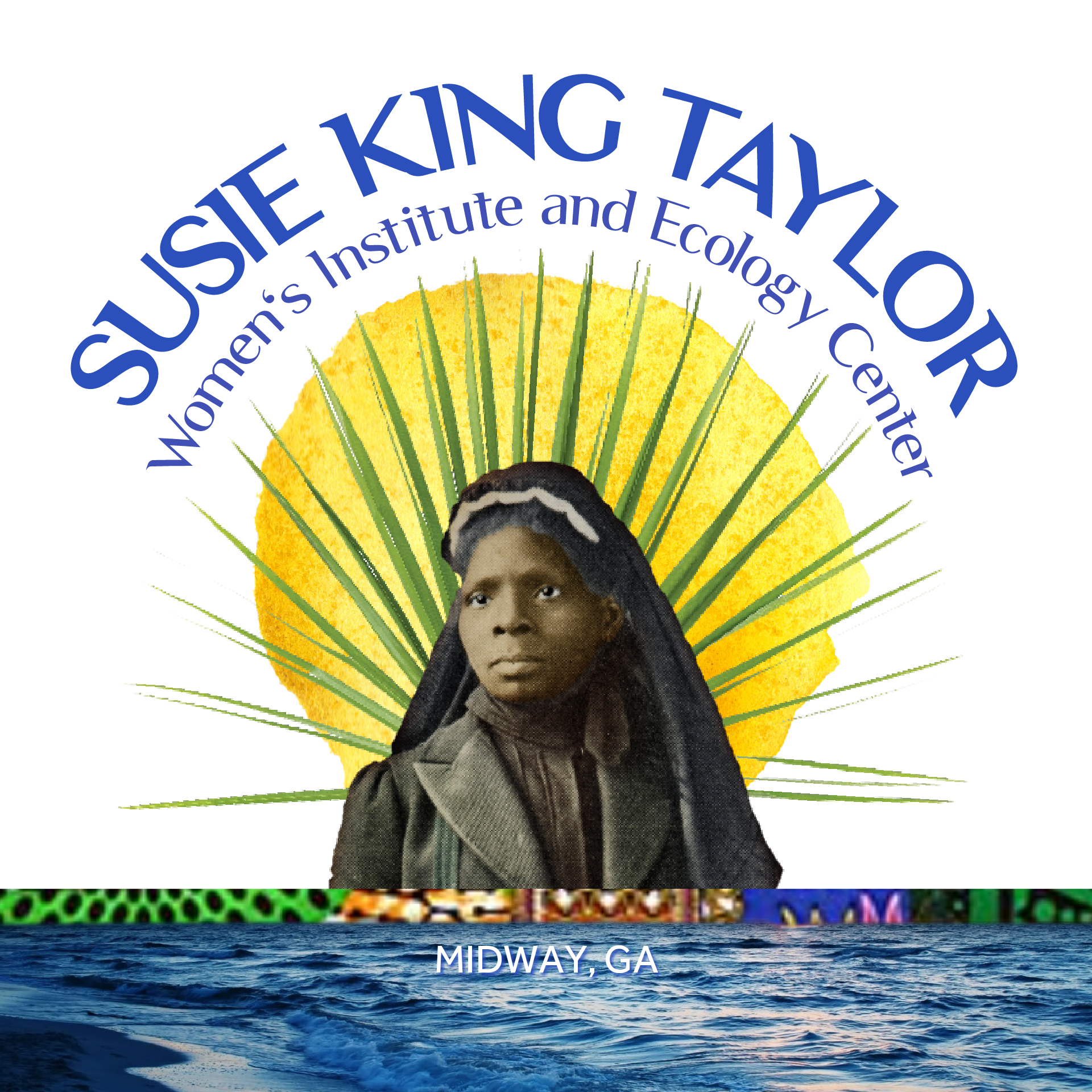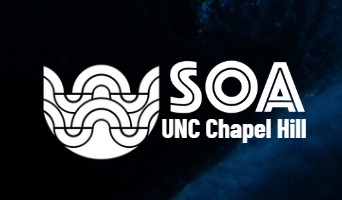Featured News
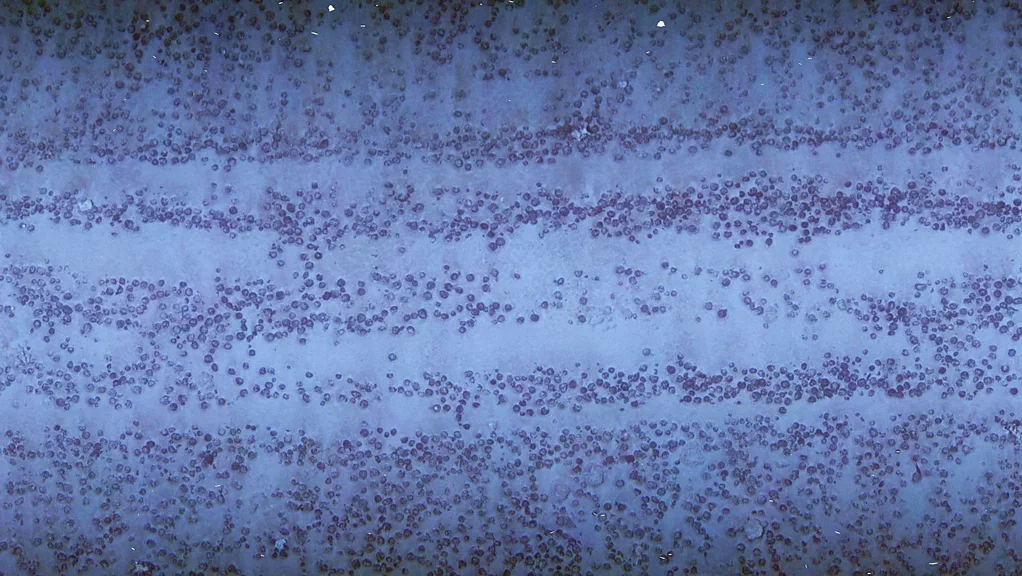
BBC - May 11, 2025
Article on the status of, and harms from, deep-sea mining, with a focus on Blake Plateau—and the scars it bears from the world’s first deep-sea mining pilot test in 1970.
Additional Coverage
Blog describing the extraordinary ecosystem of the Blake Plateau and its connection to the season of Advent.
Blog summarizing congressional briefing on deep-sea mining, noting that Blake Plateau was mined experimentally roughly 50 years before it was discovered to be home to the largest deep-sea coral reef in the world.
Article highlighting a new documentary that details the environmental harms from deep-sea mining, noting the long-lasting damage caused by deep-sea mining within the Blake Plateau.
Editorial highlighting opposition to offshore drilling and the need to protect areas like the Blake Plateau which supports healthy fisheries.
Article on the status of, and harms from, deep-sea mining, with a focus on Blake Plateau—and the scars it bears from the world’s first deep-sea mining pilot test in 1970.
Article exploring how the Trump administration’s executive order on deep-sea mining could impact South Carolina’s waters, including parts of the Blake Plateau.
Image collection from the dedication of Xavier Cortada’s “Water Columns,” an art installation in Jacksonville Beach, Florida that depicts marine life from the shoreline to the Blake Plateau.
The Post and Courier: Article identifying the various safeguards in place for the Blake Plateau until 2032 and calling for durable, comprehensive protections. (February 13, 2025)
Article detailing the presence of two great white sharks offshore the Southeast, including activity of great white shark Breton on the Blake Plateau.
Article reporting President Biden’s executive order banning oil and gas leasing and what it means for the Blake Plateau.
Publication highlighting the cultural significance Blake Plateau and Gray’s Reef National Marine Sanctuary have to Indigenous communities.
Journal of Maritime Archeology: Journal article exploring the cultural and historical significance of the Blake Plateau, including its importance to the Gullah/Geechee people. (November 22, 2024).
Atlanta Journal Constitution: Opinion piece highlighting the cultural and historical importance of the Blake Plateau. (November 5, 2024)
Saporta Report: Opinion piece highlighting the Blake Plateau’s connection to Cumberland Island, its wild ecosystems, and surrounding local economies. (October 31, 2024)
Savannah Morning News: Opinion piece highlighting Savannah’s economic link to offshore marine ecosystems. (September 26, 2024)
NRDC: Expert blog highlights a new animated video that details the benefits of the Blake Plateau’s deep-sea corals. (September 16, 2024)
Tribune & Georgian: Article supporting strong, permanent protections for the Blake Plateau and highlighting the plateau’s ecological importance. (September 6, 2024)
The Culture Keepers Show: A. Prince Albert III, "Prince The Culture Keeper," of Goldwater Ventures and Charles L. Morrison, the inaugural Goldwater IMPACT Fellow, host an in-depth discussion of the historical and cultural importance of the Blake Plateau for Afro/Indigenous communities. (August 21, 2024)
NRDC: Expert blog details recent polling that demonstrates overwhelming support for action to protect key areas on the Blake Plateau. (August 12, 2024)
The Green Lectionary Podcast: Blake Plateau’s ecological, cultural, and spiritual significance is highlighted in this religious podcast, with conversation on the area starting at 26:50. (June 21, 2024)
NRDC: Expert blog highlights the need to safeguard important sea turtle habitat, such as the Blake Plateau. (June 20, 2024)
Atlanta Journal-Constitution: Local opinion piece highlighting Georgia faith leaders’ work to protect Blake Plateau. (June 13, 2024)
Gullah/Geechee Nation: Blog reviewing Queen Quet’s Capitol Hill Ocean Week engagement and her efforts to protect sacred areas like the Blake Plateau. (June 9, 2024)
Commentary by Dr. Gorka Sancho: We need permanent protections for coral reefs off SC and Southeast coasts. (May 31, 2024)
Coastal Conservation League: Blog noting the importance of Blake Plateau on World Reef Day: June 1. (May 31, 2024)
NRDC: Expert blog noting the significance of key areas on Blake Plateau that can serve as crucial refuge for deep-sea corals in a warming world. (May 3, 2024)
The Post and Courier: Commentary by Dr. Leslie Sautter: The Blake Plateau is full of wondrous coral mounds, and it’s right in our backyard. (April 4, 2024)
NRDC: Expert blog providing a Q&A with Dr. Derek Sowers who helped develop a comprehensive map of the Blake Plateau. (April 1, 2024)
Soundings: Reporting on the recent mapping of the Blake Plateau’s deep-sea coral habitat. (March 18, 2024)
NRDC: Expert blog noting new research that highlights gaps in ocean biodiversity protection, such as protections for cold-water corals, and encouraging conservation of key coral areas on the Blake Plateau. (March 12, 2024)
The Post and Courier: Feature story detailing the damaging history and possible future of deep-sea mining on the Blake Plateau; supported by the Pulitzer Center and the Good Science Project. (February 19, 2024)
The Post and Courier: Editorial: Now that we know about deep-sea corals, we should protect them. (February 13, 2024)
The Post and Courier: Feature story on the imperiled Blake Plateau, and the need to safeguard it. (February 12, 2024)
Coastal Conservation League: Blog highlighting the role of deep-sea corals as ecosystem engineers; part of a series on the Blake Plateau ecosystem. (February 5, 2014)
Science Friday: Ira Flatow interviews Dr. Erik Cordes on the recent discovery of the largest deep-sea coral reef in the world, the Million Mounds within the Blake Plateau. (February 2, 2024)
The Optimist Daily: Reporting of the largest deep-sea coral reef habitat offshore the U.S., and encouragement to prioritize its preservation for the future. (January 29, 2024)
Dive Magazine: Leading dive magazine reports that the world’s largest deep-sea coral reef system has been discovered in the Atlantic Ocean. (January 27, 2024)
Atlanta Journal-Constitution: Reporting of the Blake Plateau’s deep-sea coral reef habitat offshore Georgia, and its importance to the region’s marine life. (January 26, 2024)
ScienceAlert: Online science news service report that record-sized deep-sea coral reef habitat was mapped within the Blake Plateau. (January 26, 2024)
Outdoors: Article on the discovery of the largest deep-sea coral habitat and how deep-sea coral differs from tropical coral reefs. (January 25, 2024)
Live Science: Science online news story on the discovery of the world’s largest deep-sea coral habitat. (January 24, 2024)
The Weather Channel: Report about the largest deep-sea coral reef habitat identified off the U.S. (January 23, 2024)
TCPalm.: Reporting on the world’s largest deep-sea coral reef offshore the Southeast U.S. and the importance of coral reefs to Florida. (January 23, 2024)
CBS News: Story highlighting the discovery of the world’s largest deep-sea coral reef, the threats facing these ecosystems, and noting study of this site can help scientists better understand the resilience of deep-sea species. (January 23, 2024)
NRDC: Expert blog highlighting the biodiversity value of and the need to protect the newly-identified largest deep-sea coral reef habitat—the Blake Plateau. (January 23, 2024)
Southern Fried Science: Ocean science and conservation news site report on the proximity of the world’s largest deep-sea coral reef area to the first experimental deep-sea mining test site. (January 22, 2024)
The Guardian: U.K. reporting of the largest known deep-sea coral reef mapped offshore the U.S. (January 19, 2024)
Marine Technology News: Report of the discovery of the world’s largest deep-sea coral habitat. (January 19, 2024)
Politico: Article highlighting that mapping reveals the largest known deep-sea coral reef habitat. (January 18, 2024)
Miami Herald: Reporting of the world’s largest deep-sea coral reef habitat located offshore the Southeast U.S. (January 18, 2024)
Associated Press: Wire service coverage of the discovery that the Blake Plateau hosts the largest deep-sea coral reef habitat in the world. (January 18, 2024) Note: this story ran in the Post and Courier on January 19, 2024.
The Inertia: Surf and outdoor news website reporting that Blake Plateau contains the world’s largest deep-sea coral habitat. (January 18, 2024)
FOX Weather: Reporting on the Blake Plateau coral discovery and the need for additional ocean science. (January 17, 2024)
The Maritime Executive: New research reveals more than six million acres of deep-sea coral offshore the Southeast U.S. (January 17, 2024)
National Oceanic and Atmospheric Administration: Ocean Exploration Update highlighting the scientific value of the largest deep-sea coral reef habitat discovered, as announced in Geomatics journal, and the collaborative effort to map the area. (January 17, 2024)
